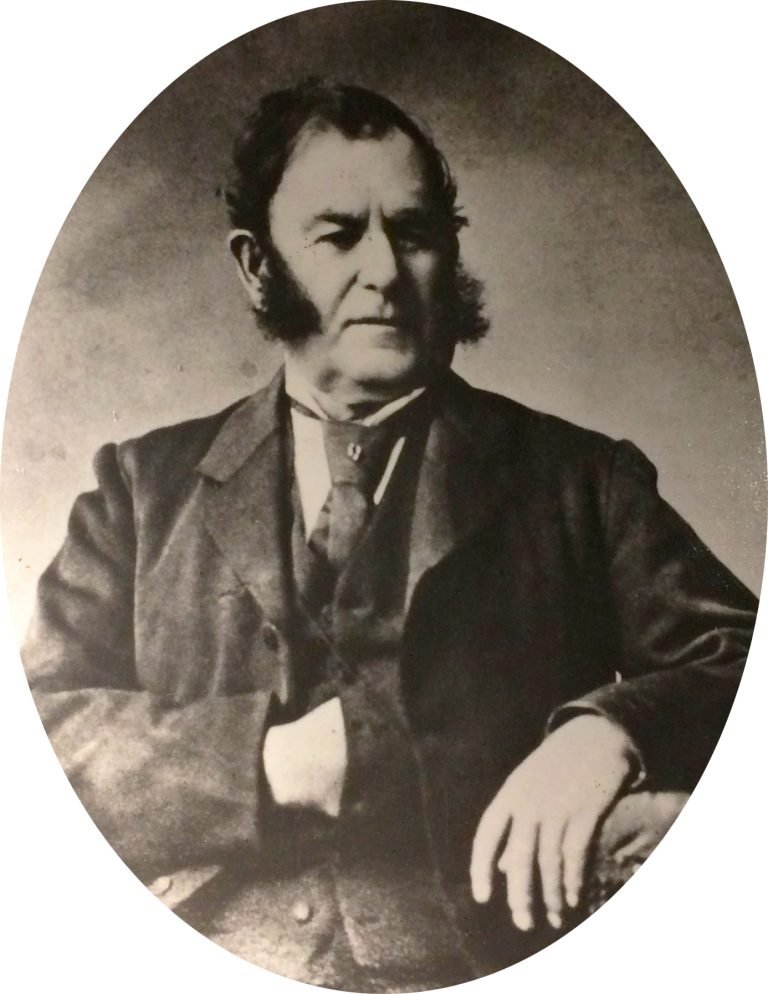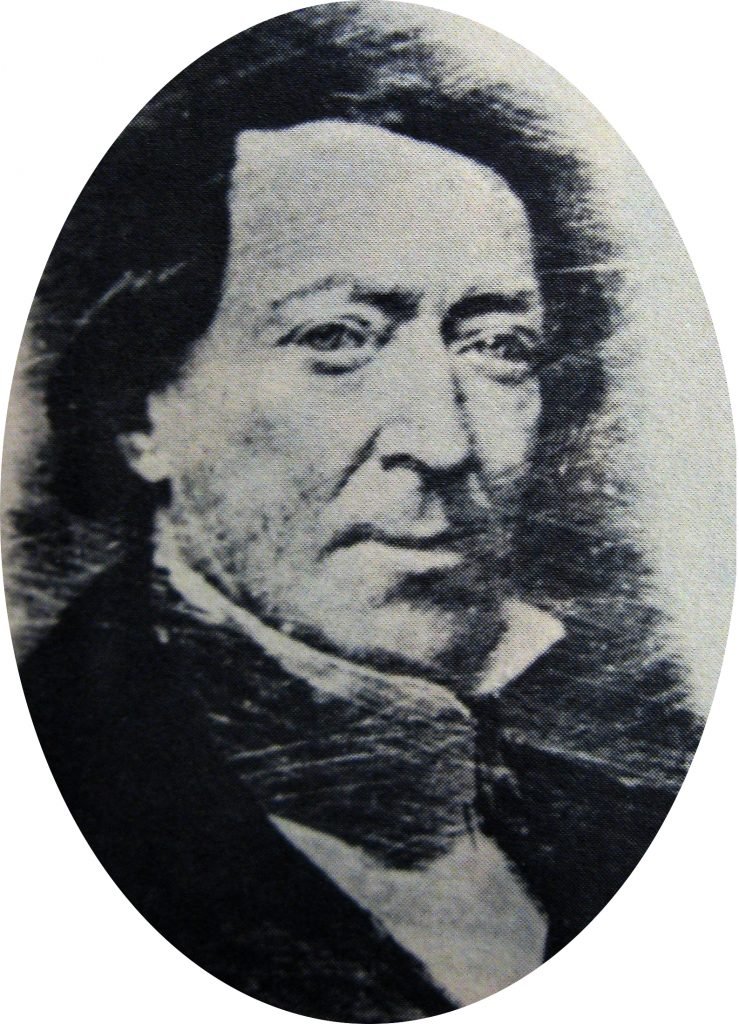
The Californios
The Californio era ranged from 1769, when Spanish permanent residence was established in California, to 1846, when the region became part of the United States of America. Great cattle ranches were defined by land grants, given to influential colonists, and worked by Spanish vaqueros and indigenous natives.
Meanwhile Franciscan padres established 21 missions along the Camino Real, the Royal Road reaching northward from Mexico; The final mission was established in our valley in 1823, just as Mexico was gaining its independence from Spain and the church began losing its authority.
Three men were awarded land grants that began colonization of the Valley of the Moon:
Mariano Guadalupe Vallejo
In 1833 Mariano Guadalupe Vallejo, the young commandante of the presidio at Yerba Buena (as San Francisco was then known), was sent north by the Mexican government to explore the unclaimed countryside and to observe the Russian presence at Fort Ross and Bodega Bay. On his way he crossed a fertile valley, where he built a small house and corral. In the spring he petitioned for a grant of land where he could bring livestock.
The land grant named Petaluma was approved in June 1834; it included that valley and the mountain beyond it. The northern boundary of the grant was indicated by a confluence of two streams, where he built a sawmill in 1839; that mill still stands in Glen Ellen today, though it has changed over the years.
As commandante of Sonoma and the entire northern frontier of Mexico, Vallejo became the majordomo of the Valley of the Moon, presiding over the secularization of the mission and the dispersal of its lands. A visionary and a pragmatist at the same time, he welcome settlers and successfully steered the valley— and all of Alta California— through tumultuous times. When California became the 32nd state of the US, decades later, he became state senator.
Lázaro Piña
Lázaro Piña was a trusted officer under Vallejo’s command and so was granted Agua Caliente, a 3,600 acre tract of land neighboring Vallejo’s Petaluma grant. Agua Caliente extended from the pueblo of Sonoma north to the wetlands where Kenwood is today. Formal approval of this grant did not occur however until 1840, after Piña had quickly reconveyed the land back to Vallejo; there is conjecture that all this was a subterfuge on Vallejo’s part to control land beyond his Petaluma holdings.
As a seasoned officer, Lázaro Piña was entrusted with significant and sensitive assignments that required diplomacy, resourcefulness, and decisiveness. During his first year in Sonoma he was dispatched to locate and execute an Indian neophyte, who had been accused of the murder of a young Mexican boy and girl. Piña was also a central figure in what later became known as the Lausanne Incident, an awkward and politically sensitive confrontation with the Russians over the presence of undocumented American traders at Bodega Bay.
Lázaro Piña and his wife, Maria Placida Villela, were the parents of six sons and one daughter. After Maria’s death in 1844 Lázaro married Maria Ignacia Pacheco. Soon after the beginning of the Mexican-American War, Piña was reassigned to the front, where he died in combat against the Americans at the Battle of Cerro Gordo on April 18, 1847.
John Wilson
Captain John Downes Wilson was born in Dundee, Scotland in 1798. By the time he was 30 he was master of the Thomas Nowlan, a ship trading in hides and tallow on the California coast. Wilson was captain of several ships, including the Ayacucho, a ship described in some detail by Richard Henry Dana in his book Two Years Before the Mast.
In 1835 Wilson married General Vallejo’s sister-in-law, Maria Ramona Carrillo de Pacheco, changing his name to Juan (or even Juan Huilsons), converting to Catholicism, and becoming a Mexican citizen.
In 1837 he received the 18,833 acre Rancho Los Guilicos (named for the nearby Wappo village known as Wilikos) through a formal land grant. He received grants to other ranchos in Alta California as well, and never lived at Los Guilicos. In 1852 Wilson filed a claim to the land with the U. S District Court to clear the title, although it had already been sold to William Hood and William Pettit.



